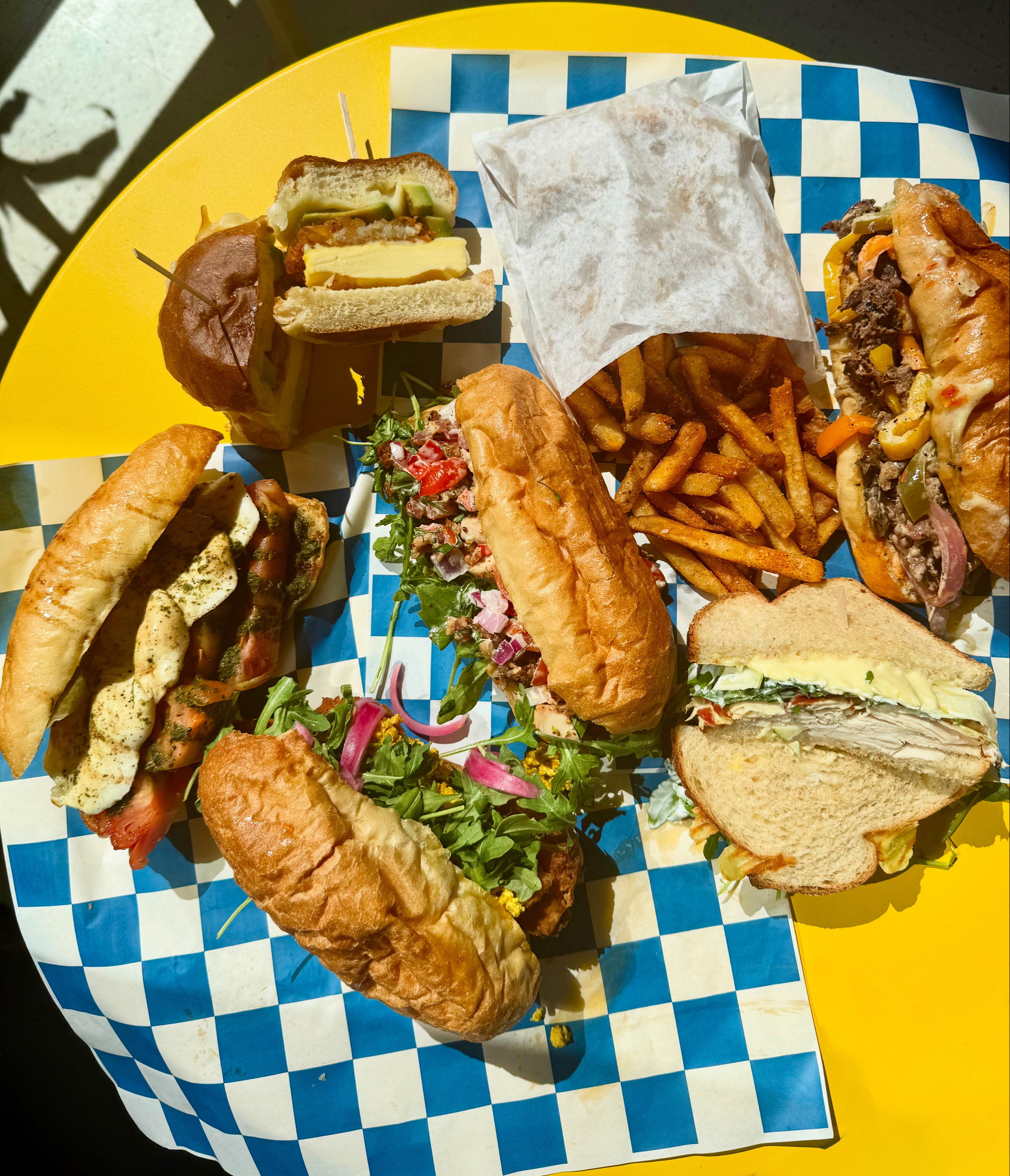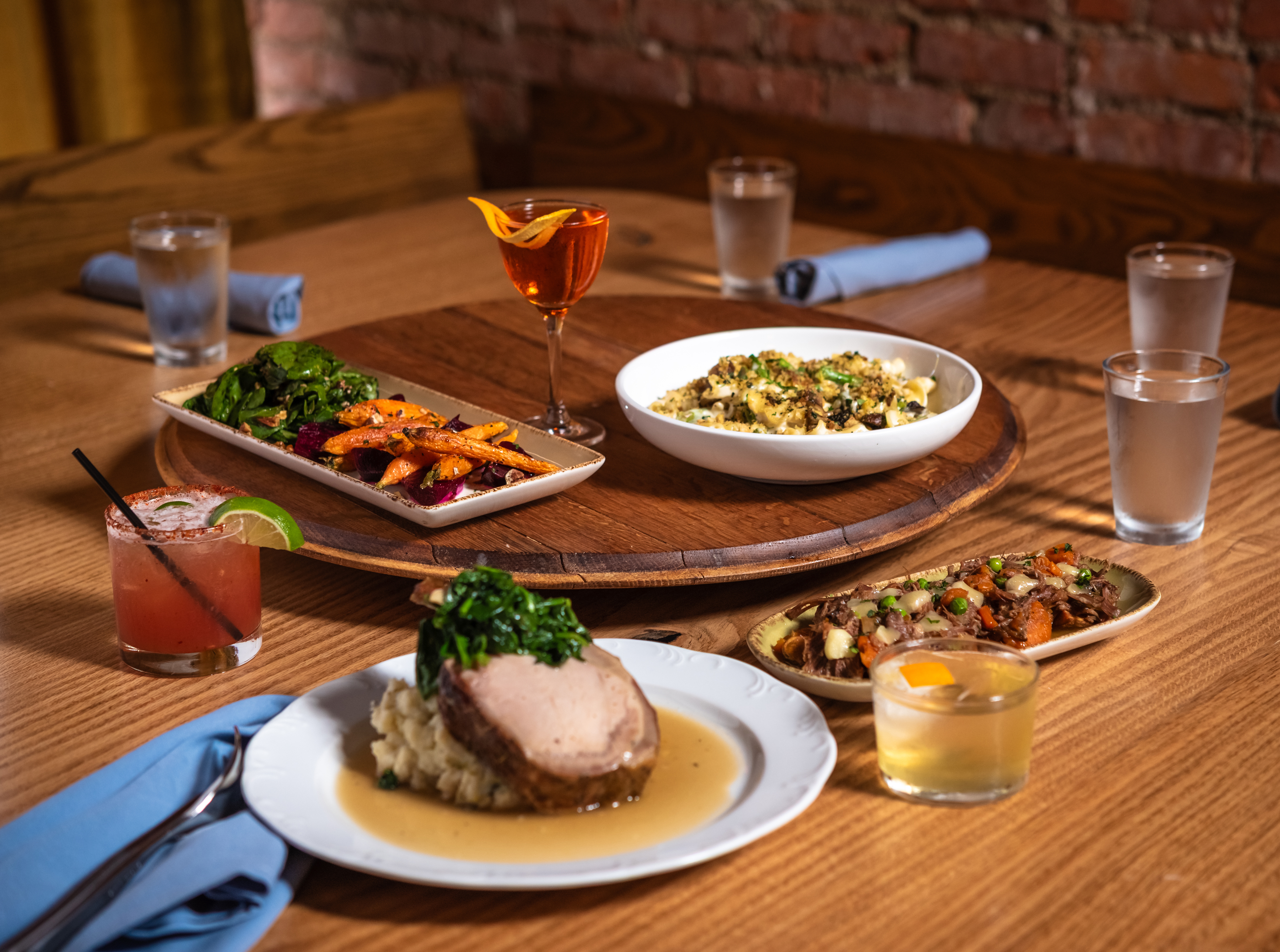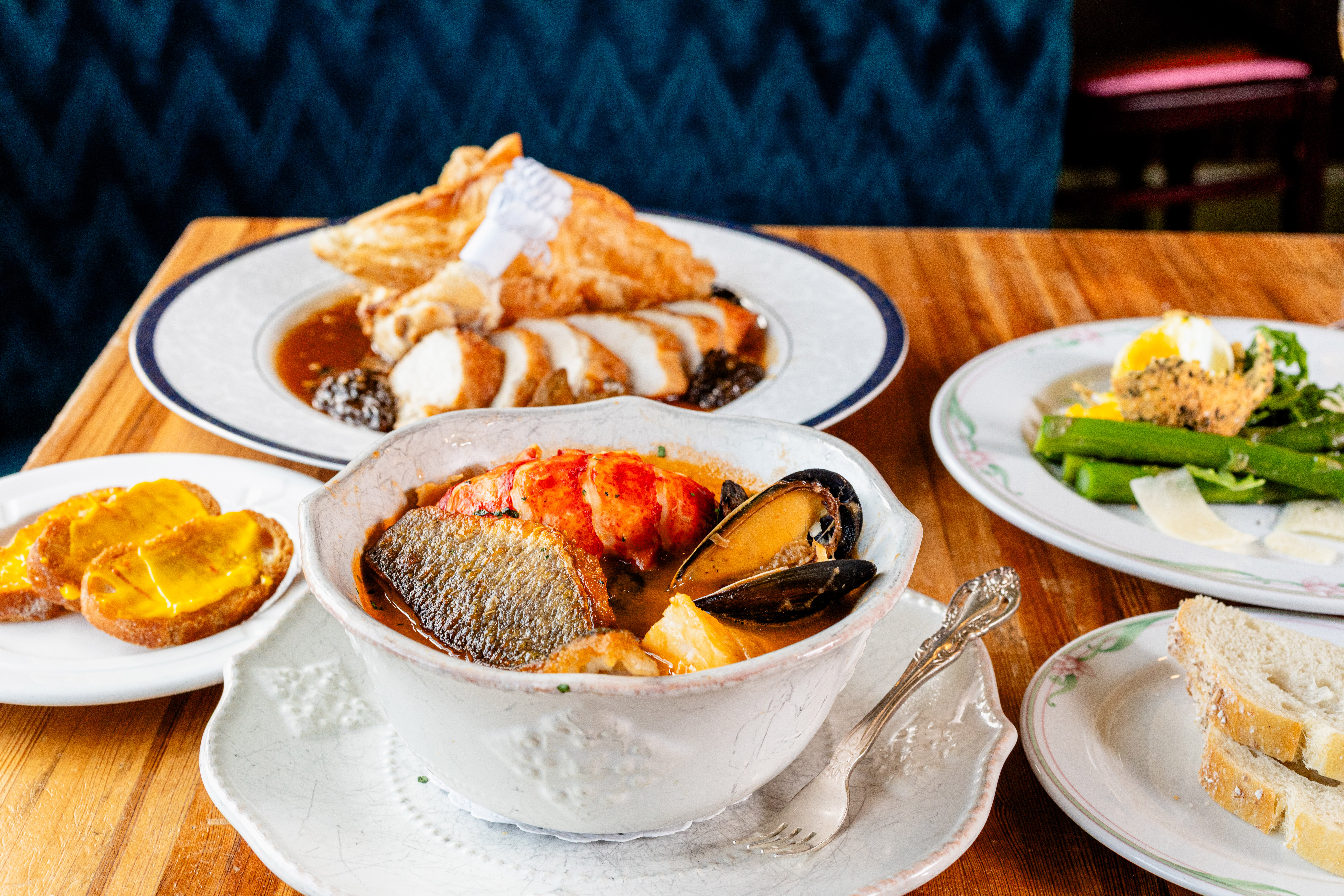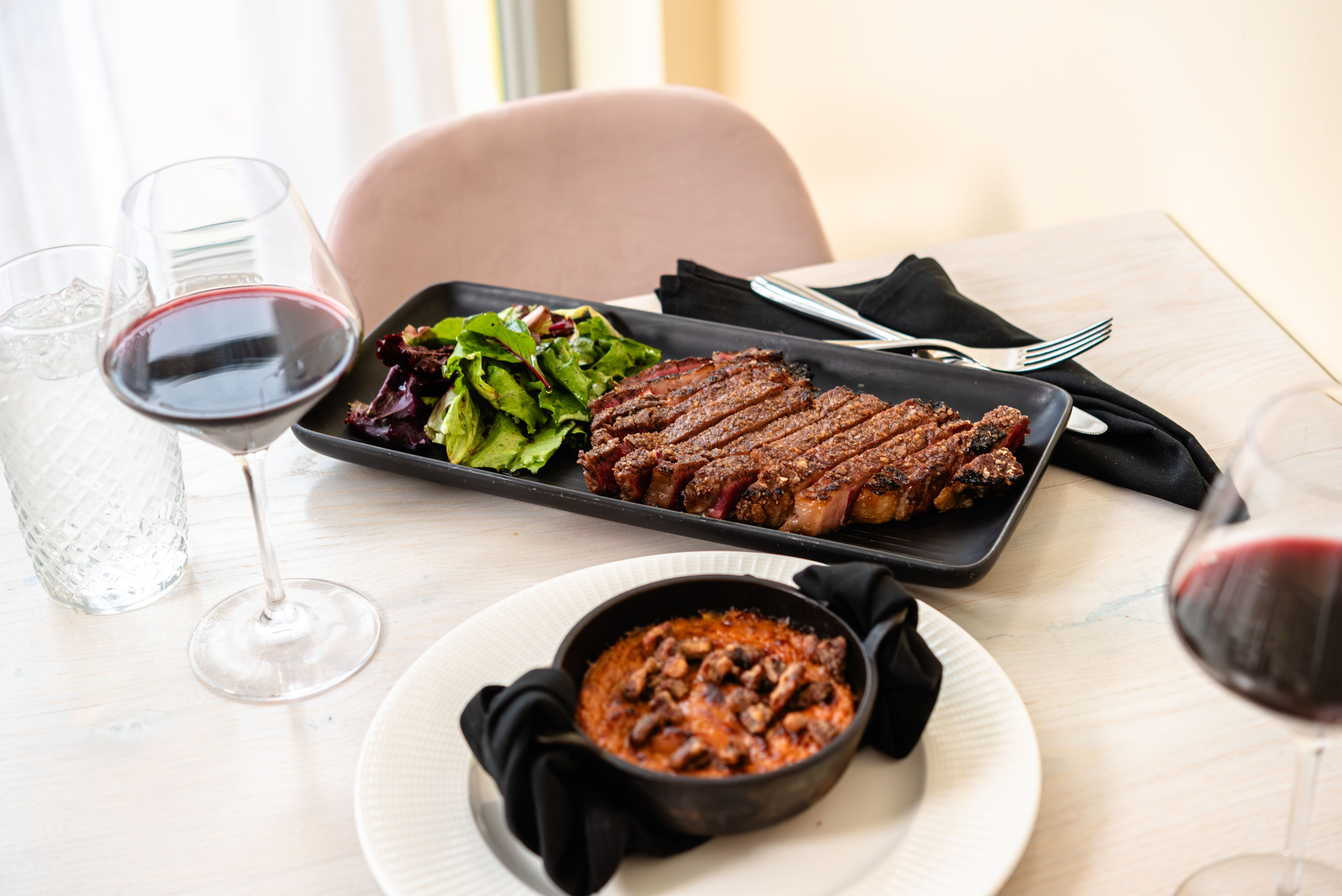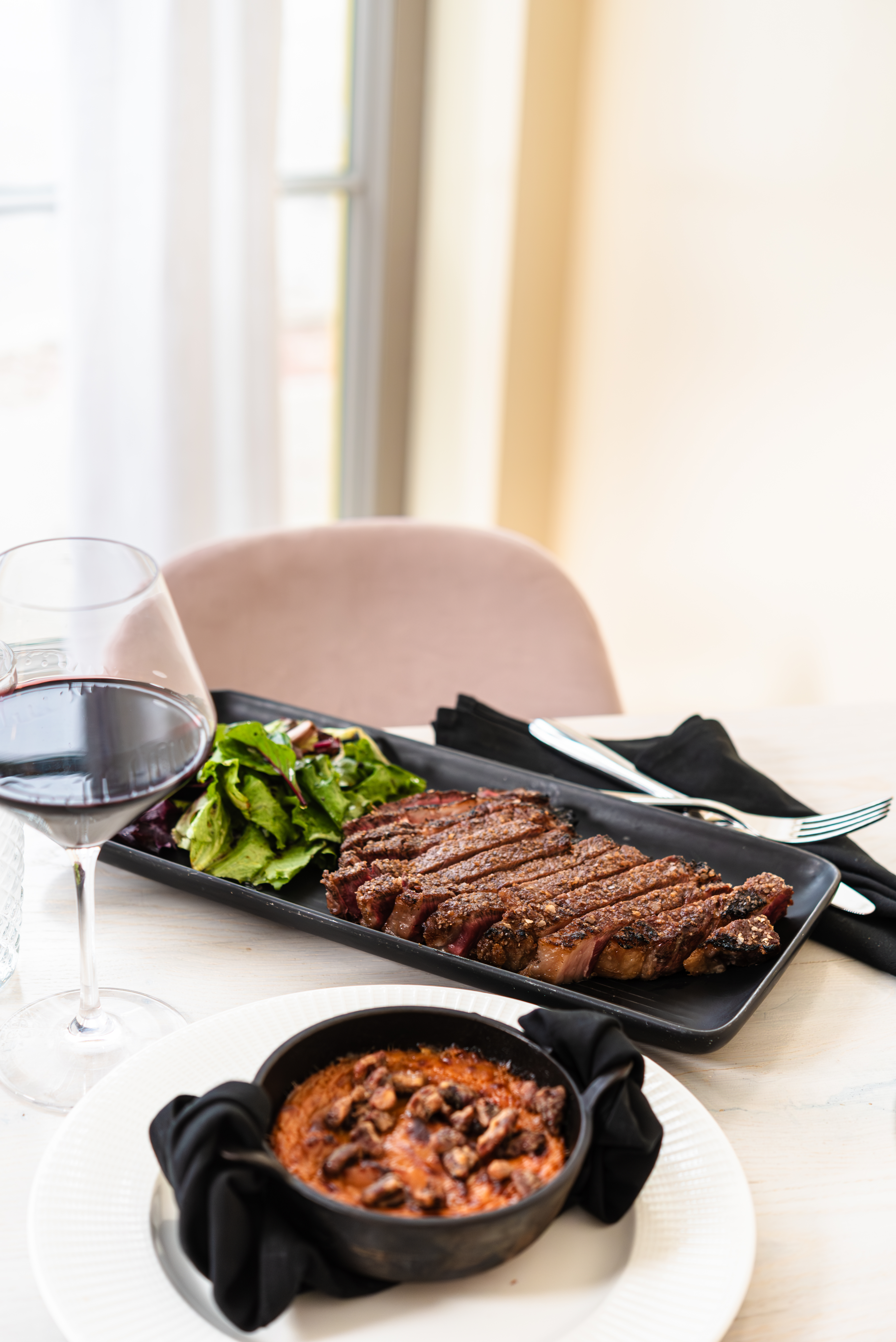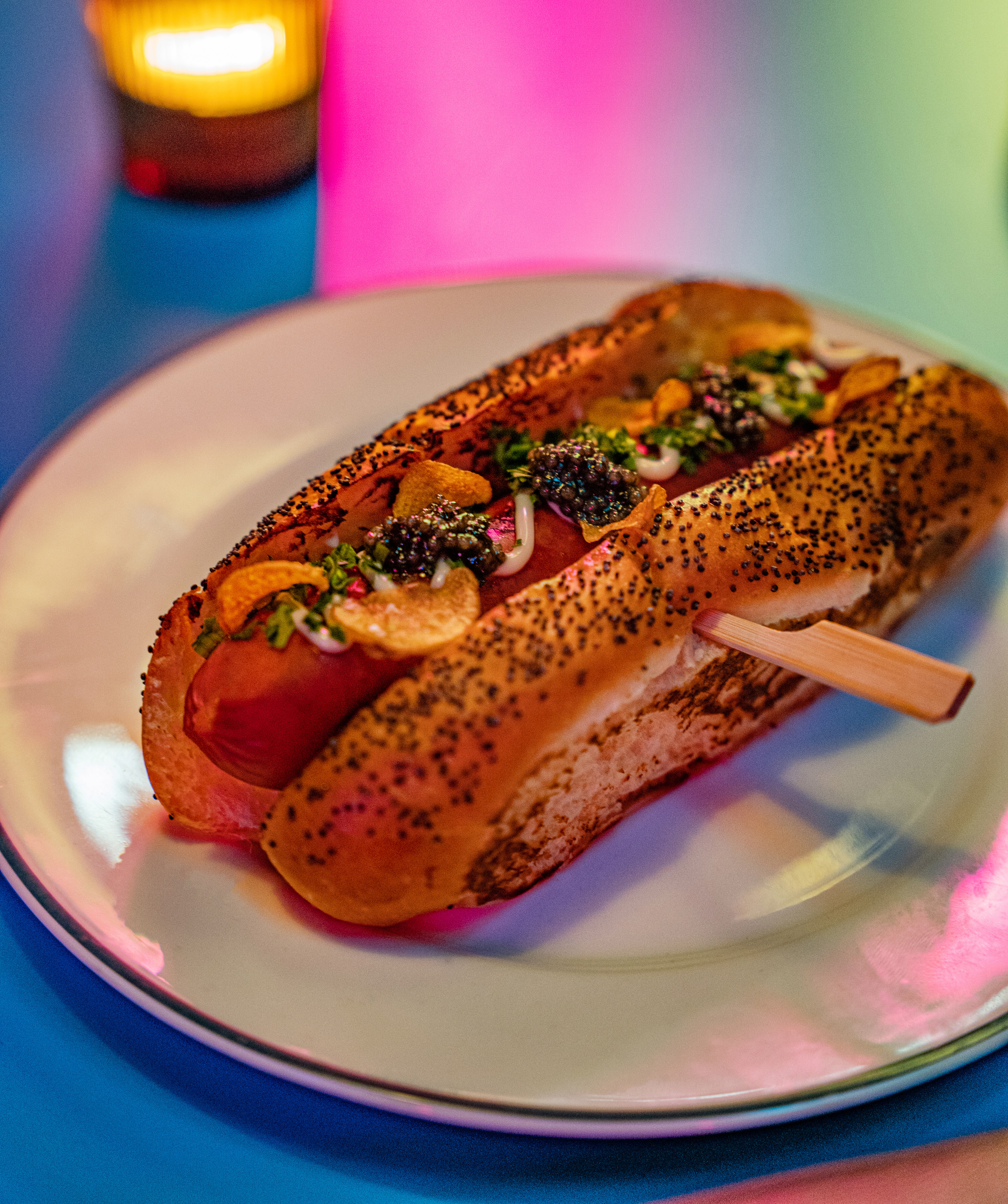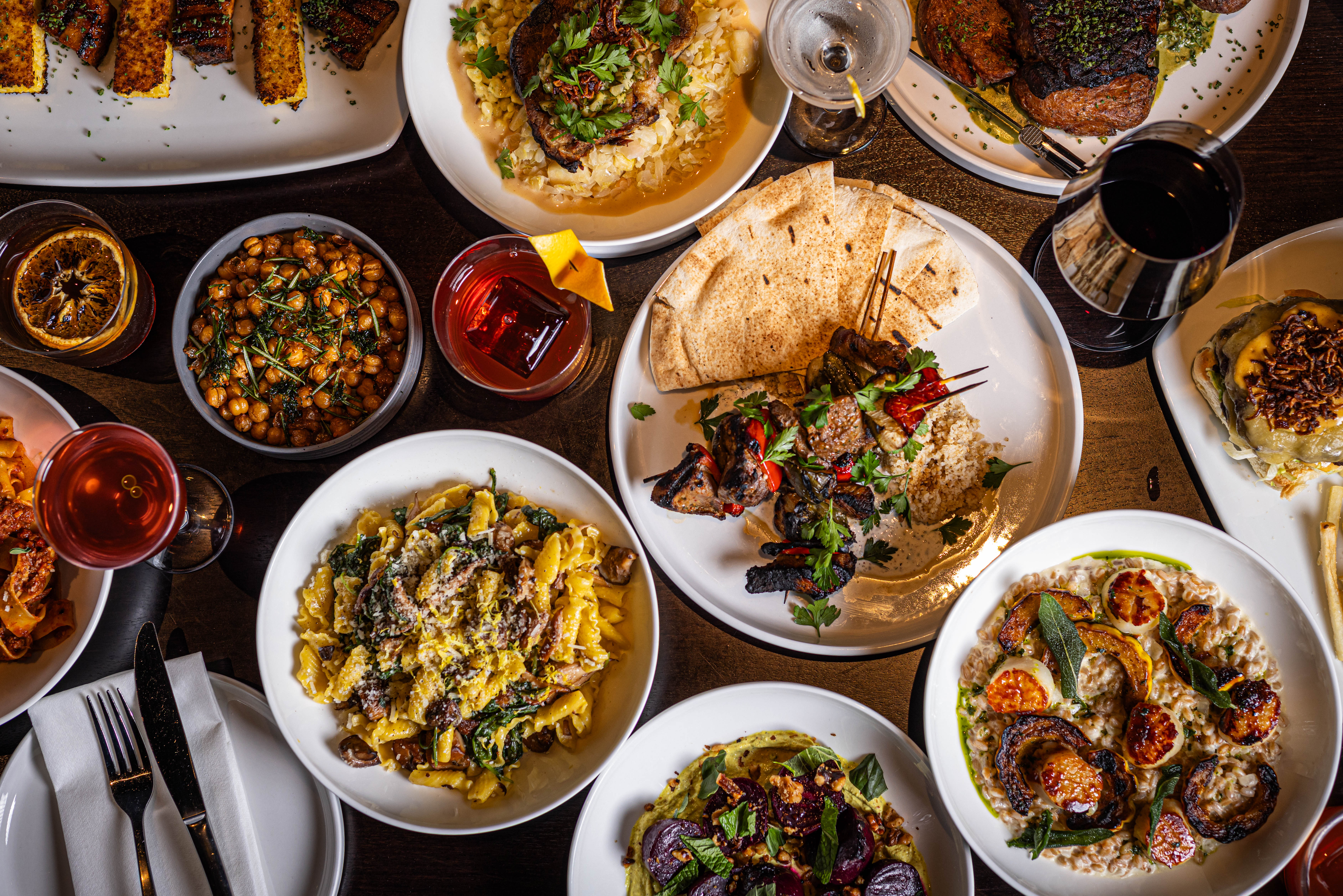The Origin Story Behind Great Lakes Christmas Ale
by Dillon Stewart | Nov. 26, 2021 | 1:00 PM
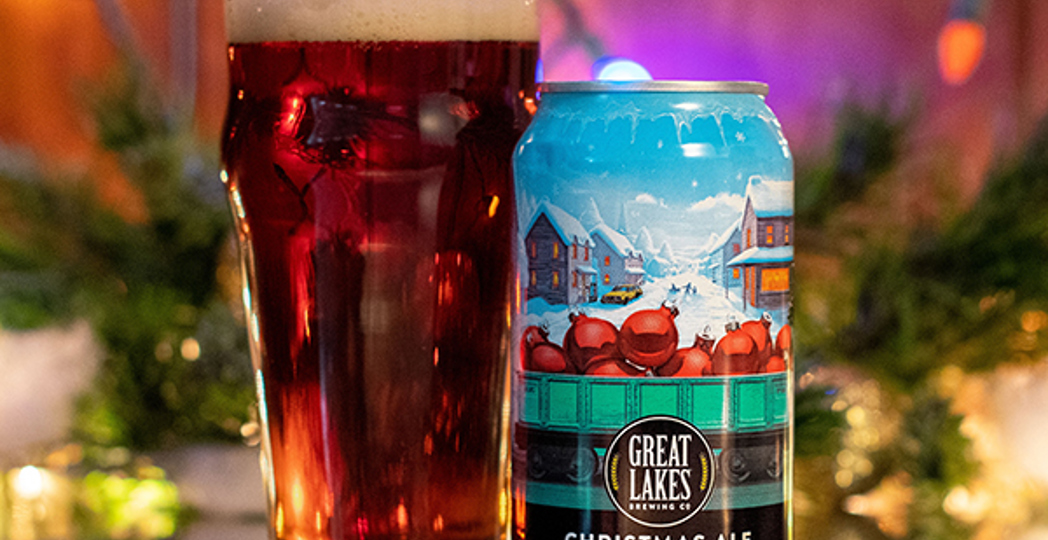
One afternoon in the mid-1990s, Great Lakes Brewing Co. co-owners and brothers Pat and Dan Conway were sputtering south along Interstate 77 in their maroon station wagon with a half-dozen cases of Christmas Ale rattled in the back seat.
The Conways were on a delivery to Akron’s West Point Market, the company’s very first retailer. Pat, who often speaks in anecdotes, is the oldest of five boys and the company’s front man, while the more exacting Dan is the youngest and more inclined to be crunching numbers.
Suddenly, red and blue lights illuminated the grey Cleveland sky. The brothers, who hadn’t been speeding or swerving, were baffled as to why a police officer was pulling them over. But the scene only got stranger.
“He commandeered us!” says Pat. “He jumped out and said, ‘I gotta have that Christmas Ale.’”
The officer, who owned a corner store on the side, had noticed the cases of Christmas Ale in the Conways’ back seat — and he wanted his shelves stocked with the hard-to-get beer.
Today, Christmas Ale is as ingrained in Cleveland’s holiday season as the tree lighting ceremony in Public Square. That 12-ounce bottle, with its iconic train car full of red ornaments, is a centerpiece at gatherings of all sorts and a first holiday drink shared between a father and son. Heck, the annual First Pour event, where the first keg of the beer is tapped, practically marks the start of the holiday season.
But the numbers speak for themselves: In 1992, the beer’s first season, less than a thousand barrels of Christmas Ale were sold. This year, the Conways expect to distribute 23,000 barrels across Cleveland, Detroit, Chicago, Buffalo and beyond.
“We’re not the Christmas Ale company, but sometimes it feels like we are,” says Pat.
It all began back in college. Both brothers studied abroad while at Loyola University Chicago. Pat remembers meandering the medieval streets of Prague and drinking Pilsner-style beer, while Dan was charmed by the hot, spiced gluhwein he sipped in snowy Alpine villages.
“I remember thinking they really had something there that matched the season,” Dan says. “You need something warming.”
Then, while attending graduate school at the University of Chicago, Pat worked as a bartender and saw the beer he’d loved in Europe beginning to gain traction in the United States. “I think,” he told his brother, “it’s time for us to build our own brewery.”
Once fertile ground, Cleveland had become a beer desert by the time the Conways returned from Europe. The city’s last locally owned beer maker, C. Schmidt & Sons Brewery, had shuttered in 1986, the result of a recession and shifting tastes that decimated the local brewery scene. “It brought to an end 150 years of brewing in Cleveland,” Dan says.
So when Great Lakes Brewing Co. opened in 1988 in not-yet-chic Ohio City, it was the only microbrewery both in the city and in Ohio.
The Conways recruited Schmidt’s master brewer, Thaine Johnson, to help them launch their beer program. Johnson was a disciple of the Bavarian Purity Law of 1516, which dictates that “nothing other than barley, hops, yeast and water be used” to brew. Johnson’s love of lager led to the Heisman, now known as the top-selling Dortmunder Gold Lager.
By the 1990s, however, the brothers wanted more than just gold medal-winning lagers and hired Dennis Holland, who’d just graduated from the Siebel Institute of Technology’s World Brewing Academy.
Holland, the company’s first technically trained brewer, was a beer nerd who took frequent trips to the West Coast. There, he was inspired by beer makers who were shirking the confinements of the Bavarian Purity Law. He began experimenting with early iterations of the Edmund Fitzgerald Porter, Burning River Pale Ale and Commodore Perry IPA, all of which would lay the groundwork for Christmas Ale.

He also brought back a few holiday-themed beers, including San Francisco’s Anchor Christmas Ale (which was released in 1975 and is considered the godfather of holiday beers), Sierra Nevada’s Celebration Ale and Deschutes Brewing’s Jubelale.
Yet, none of those quite bottled the holiday magic like Great Lakes Christmas Ale would.
The West Coast iterations were essentially just takes on the modern-day IPA with red and green labels. Instead of getting the flavor from the hops, Holland and the Conways chose to add a sweet-and-spicy step that had eluded the West Coast brewers.
Holland began tinkering with the recipe in the summer of 1992, adding all-natural honey, ginger and cinnamon sticks to the boil of grain, hops, yeast and water in an attempt to capture the flavor of holiday cookies and pies.
Finding balance between flavors took a few batches, and the team experimented with nutmeg and other spices. But from the moment they drew that smooth amber liquid from the fermenting tanks, the Conways and Holland lit up like Christmas lights.
“We went right to the taps with it because we pretty much nailed it,” Pat says.
This smooth ale pours a slightly translucent copper amber and settles with a picturesque white foamy top. For a 7.5% beer, it’s easy to drink and not overly boozy. It tastes like sitting by the fire with someone you love.
Was it the lake-effect snow or surviving the Blizzard of ’78 that helped this group of Cleveland boys understand something that those sunny West Coast brewers never could? Whatever it was, the phenomenon — and that’s what it was from the get-go — is so homespun that the genre of beer is now known as the Midwest Winter Warmer.
“They truly invented the style,” says Avon Brewing Co.’s Mathias Hauk, whose Christmas MiraCLE won an Ohio Brewer’s Cup gold medal. “Of course, since then, many of us think we’ve perfected it, but Great Lakes was the first.”
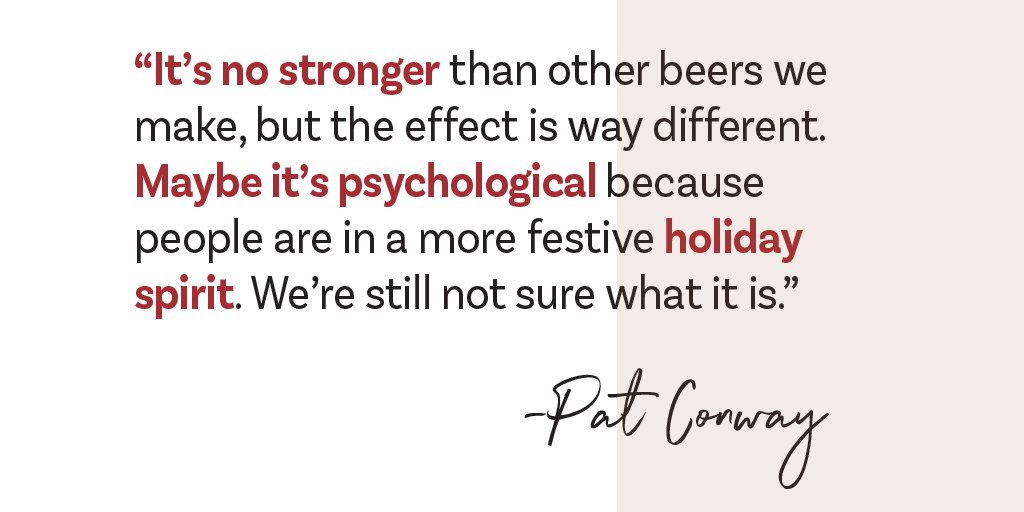
Even Pat and Dan aren’t quite sure what makes Christmas Ale so special.
“We’ve asked a microbiologist and a chemist ‘What is it about Christmas Ale that’s so different from our other beers?’” says Pat Conway. “It’s no stronger, but the effect is way different. Maybe it’s psychological because people are in a more festive holiday spirit.”
Even in the days of short supply, the famously charitable Conways, who now run an employee-owned, environmentally friendly business in a neighborhood they helped revitalize, put aside profit to share some hand-bottled holiday cheer.
For those lucky enough to have known Pat or Dan well over the past 30 years, it wasn’t Santa’s sleigh they hoped for on Christmas Eve. It was that maroon station wagon the policeman stopped so many Christmases ago.
Along with bread pudding and Dan’s meticulous instructions on how to reheat the beloved brewpub dessert, each bottle left on the porch of a friend or famly member is a holiday token of love.
Today, the station wagon has been replaced by an SUV with 130,000 miles on the dash, but the tradition means more than ever to the brothers, who are joined by Dan’s five daughters and Pat’s son and daughter.
“The spirit of the season is giving, right?” Dan says. “I think it’s become such a popular item because it’s often bought to be given to someone you love.”

Dillon Stewart
Dillon Stewart is the editor of Cleveland Magazine. He studied web and magazine writing at Ohio University's E.W. Scripps School of Journalism and got his start as a Cleveland Magazine intern. His mission is to bring the storytelling, voice, beauty and quality of legacy print magazines into the digital age. He's always hungry for a great story about life in Northeast Ohio and beyond.
Trending
-
1
-
2
-
3
-
4
-
5

